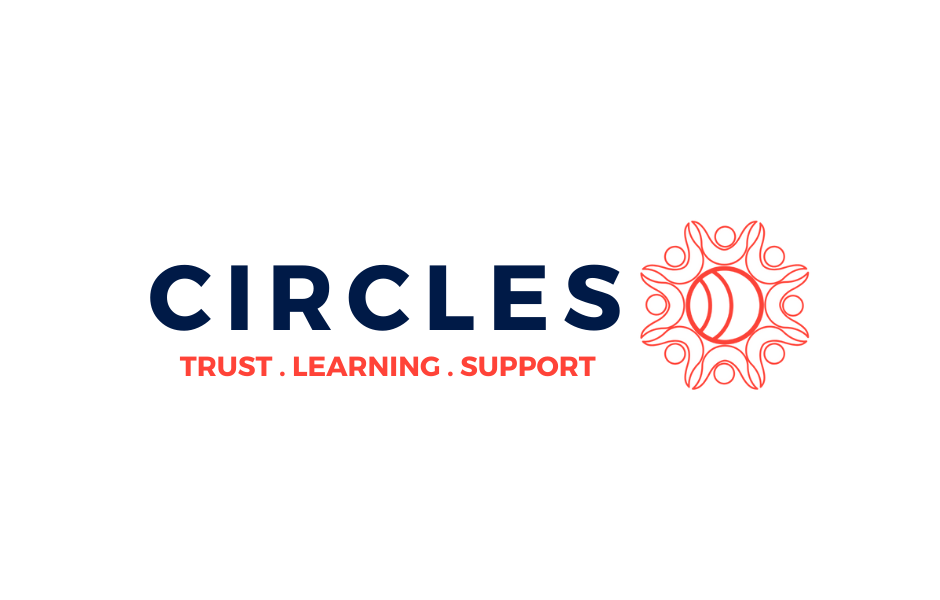Seeing and Connecting with Rural America
LaMonte Guillory
Director of Storytelling
New Pluralists
@LaMonteG
Allison Ahcan
Blandin Foundation
Larry “Bud” Meyer
Foothills Forum
Key Takeaways:
Listening to the needs and concerns of the rural community is the first and essential step to understanding how best they can be served: give them the opportunity to use their voice and speak authentically about their community (an effective example is instructive survey work).
Assets in rural communities are often quite different from urban ones: look to the community leaders, volunteer, speak to grantors and grantees, and use the resources available to amplify local voices.
Trust is a hugely valuable commodity for working with rural communities. Show authenticity and own up to mistakes as they come.
Slide Deck:
Session Summary:
In order to successfully connect with and serve rural communities, the first step is listening to their needs. Rural as an identity is significantly nuanced, and should be treated as such: it’s many places, many people, many issues. When we don’t listen, we run the risk of framing inaccurately and missing the mark. Data shows rural communities are increasingly feeling misunderstood and discounted, so the first step in connection is to listen to what people living in these areas care about. Using a data-driven approach, such as a community-wide survey, is an extremely effective and instructive way of accurately identifying the current needs of a rural population. The alternative is a detrimental cycle of a widening urban-rural divide, stalled investment by philanthropy and rural resistance. When steps are taken to listen and engage honestly, organizations and nonprofits are granted the opportunity to “come in through the door that our audience has opened” – to meet them at a place of relevance.
There are assets in every community, regardless of size. To most meaningfully identify these assets, look to the members of the community you wish to serve. Often what is most necessary is using the voice and resources of your foundation or nonprofit to stand alongside local leaders and amplify the voices already there. This approach is especially pertinent in rural communities, where community leaders often don many hats and play many roles. Narrative matters: rural places and people are working hard to tell their stories and paint a more accurate picture of who they are and why they matter. It’s the job of an organization or funder to allow them to craft that desired narrative from their perspective.
Trust is an extremely valuable commodity in this work, and is essential to make a positive impact in the desired community. The key to gaining that trust is authenticity: as an organization, own who you are, just as we should be encouraging others to own who they are. The core of authenticity is showing that you are learning, so don’t be discouraged if there is a misstep. A solution to the growing urban-rural divide is to focus on our interdependence, acknowledging and respecting both differences and commonalities.
Additional Notes, Quotes, and Interesting Points:
“Actually, communication isn’t the act of speaking, it’s about making sure you are heard. As communicators, we use the tools of our trade to connect people, urban to rural, rural to rural, and all the wonderful differences woven throughout our land.”
“Know that ‘assets’ may not look the same as in urban places. For example, it’s often a person, not an organization, that is the lynchpin of an issue or place.”
“As communicators working in smaller communities, the footholds really matter. The goal is to keep moving forward, learning as we go.”
“Trust is such a precious commodity: it’s how social change organizations get to impact as quickly as possible, and how communicators, trusted with a story, amplify that impact.”
Exercises or Questions Asked of the Audience:
“By a show of hands, how many people in the room identify as rural?” — almost everyone’s hand went up
“How many of you are funders?” — about two thirds
“How many of you are grantees?” — about one third
“How many of you in the room fund media or journalism?” — around 10 people, a quarter of the room
Examples Provided:
Some of the ways to find resources in the community and identify assets: study the grant seekers and grantees; network with local leaders; subscribe to newsletters or local weekly publications; volunteer, take the step to pitch in and become an active member of that community.
Guillory used the LOR Foundation’s Geocaching initiative in Taos, New Mexico as an example of creative local engagement. From July to September 2019, participants sought out caches and posted pictures to social media in a chance to win $1,000 to donate to a local nonprofit. It was a way of recognizing a digital divide and raising awareness among residents of who the grantees were. Guillory called it a “digital solution to an analogue problem.”
In an example of the power of narrative and effective communication, Ahcan relayed the story of the Washington Post journalist Christopher Ingraham, who wrote an article calling Red Lake County “the absolute worst place to live in America.” Imagine what that kind of narrative can do to a place and its people, she asked the room. To their credit, the residents of the county invited Ingraham to come visit and experience the county for himself — and to his credit, he did. He was so taken by the welcome and the community, and so burnt out by his commute in DC, that he uprooted his family and moved.
Meyer used the example of how Foothills Forum got started to emphasize the importance of listening to rural communities. Foothill Forum now fills a niche by raising community support for award-winning explanatory journalism on key community issues, but they began by testing the concept with 100+ community leaders in what he described as a “listening tour.”
Resources & Tools:
Rural Pulse: significantly instructive survey work: credible, scientific, data-driven approach to understanding concerns.https://blandinfoundation.org/learn/research-rural/rural-pulse-2019/
Reclaiming Native Truth Initiative: example of how Native people have reclaimed their own narrative and invited understanding and allies. https://rnt.firstnations.org/
Next Steps:
Look to your communities for their assets in local leadership.
Questions from the Audience:
Q: How are you seeing engagement with media in these rural areas change? How has the digital shift impacted local communities?
A: It takes a change of culture, especially considering how competitive newspapers used to be. Try to reframe the message: instead of “you’re not as strong as you once were,” instead it could be: “let’s cooperate.” The LOR Foundation has made a 3-year commitment to Report for America, who place reporters in local newsrooms across the US to meet the demand for local journalists covering local issues.
Q: What are some of the strategies that people can take back about specifically capacitating rural communities to tell their own stories?
A: Recognition that one of the tools a community needs to thrive is media and community connection. Media Impact Funders offers useful resources. Communications should be included in every conversation of the grant-making process.
Q: Research shows peer to peer communication and community organizing are the most effective ways to gain trust. Who are the smartest people to partner with?
A: Sometimes the hottest social game in rural town is at Walmart on the weekend — plus local faith centers, garden clubs, what might be considered “boots on the ground” are essential to connecting locally. Generally, try to avoid being prescriptive from a funding perspective, so let the locals be the source of information for granters.
Useful Links:
Blandin Foundation
Rural Pulse Survey
https://blandinfoundation.org/learn/research-rural/rural-pulse-2019/
LOR Foundation: supporting prosperity and preserving character
Foothills Forum: community-supported research and reporting on Rappahannock matters.
Piedmont Journalism Foundation: providing fact-based, in-depth coverage of local issues
https://piedmontjournalism.org
Mary Reynolds Babcock Foundation: helping to move people and places out of poverty.
Appalachian Funders Network
https://www.appalachiafunders.org
Institute for Nonprofit News
INN Rural Hospitals Collaboration
https://inn.org/2019/09/inn-launches-editorial-collaboration-on-decline-of-rural-hospitals/
Center for Rural Strategies
https://www.ruralstrategies.org
The Daily Yonder
Institute for Rural Journalism and Community Issues
https://www.uky.edu/CommInfoStudies/IRJCI/
The Rural Blog
100 Days of Appalachia
https://www.100daysinappalachia.com
Institute for Rural America
http://www.instituteruralamerica.org
Island Institute
http://www.islandinstitute.org
American Journalism Project
Pittsburgh Foundation
https://pittsburghfoundation.org
Southwest Pennsylvania Environmental Health Project
https://www.environmentalhealthproject.org
These notes were captured by Aimée Knight and have been reviewed by the presenters Larry “Bud” Meyer, Allison Ahcan, and LaMonte Guillory.


